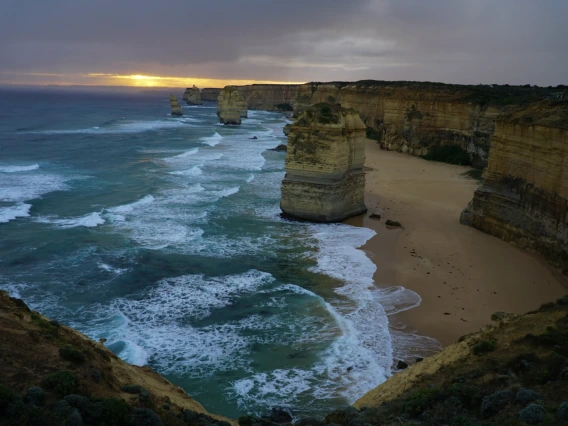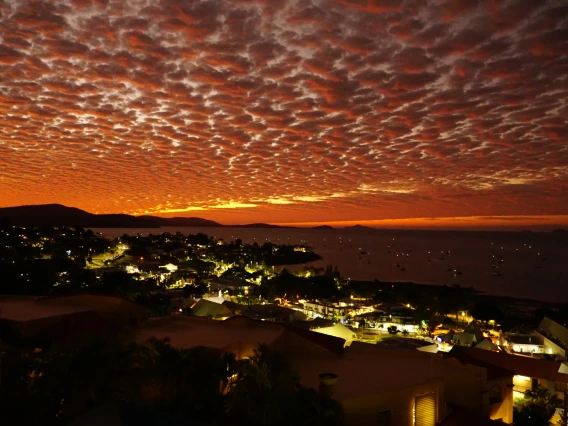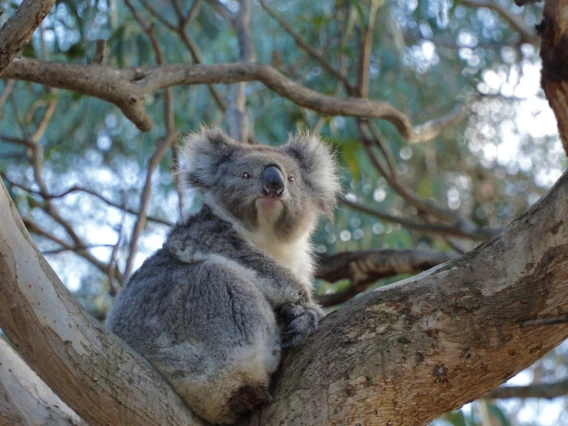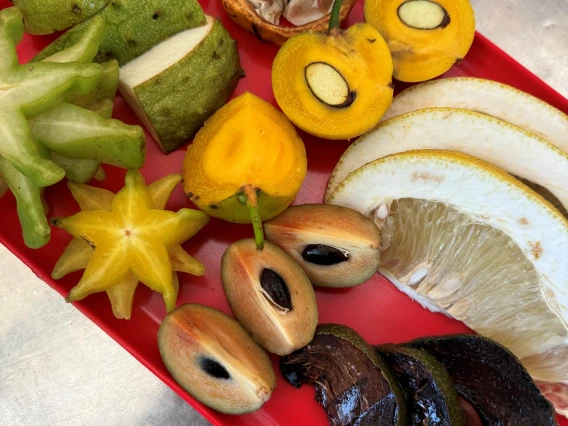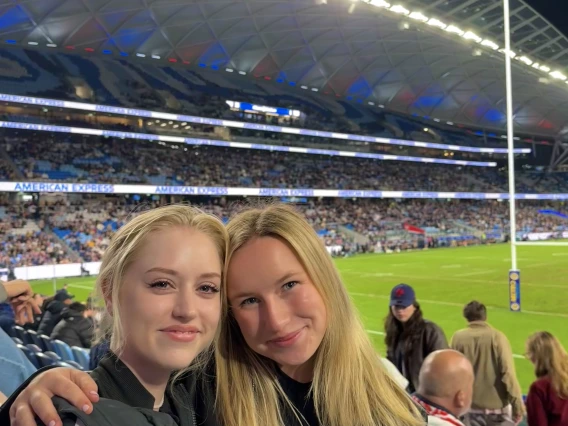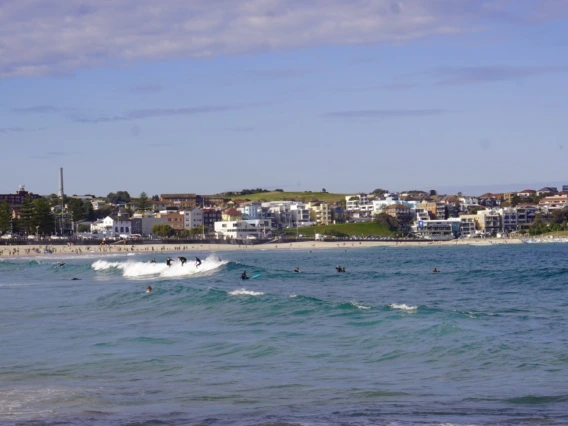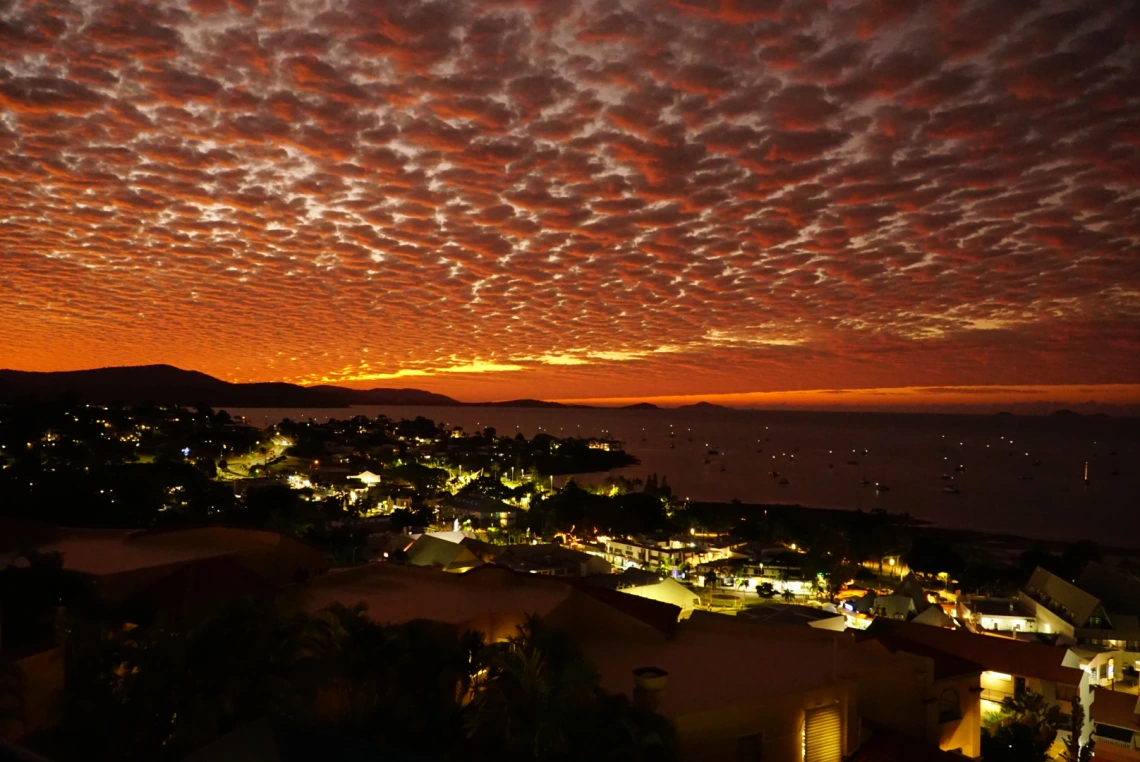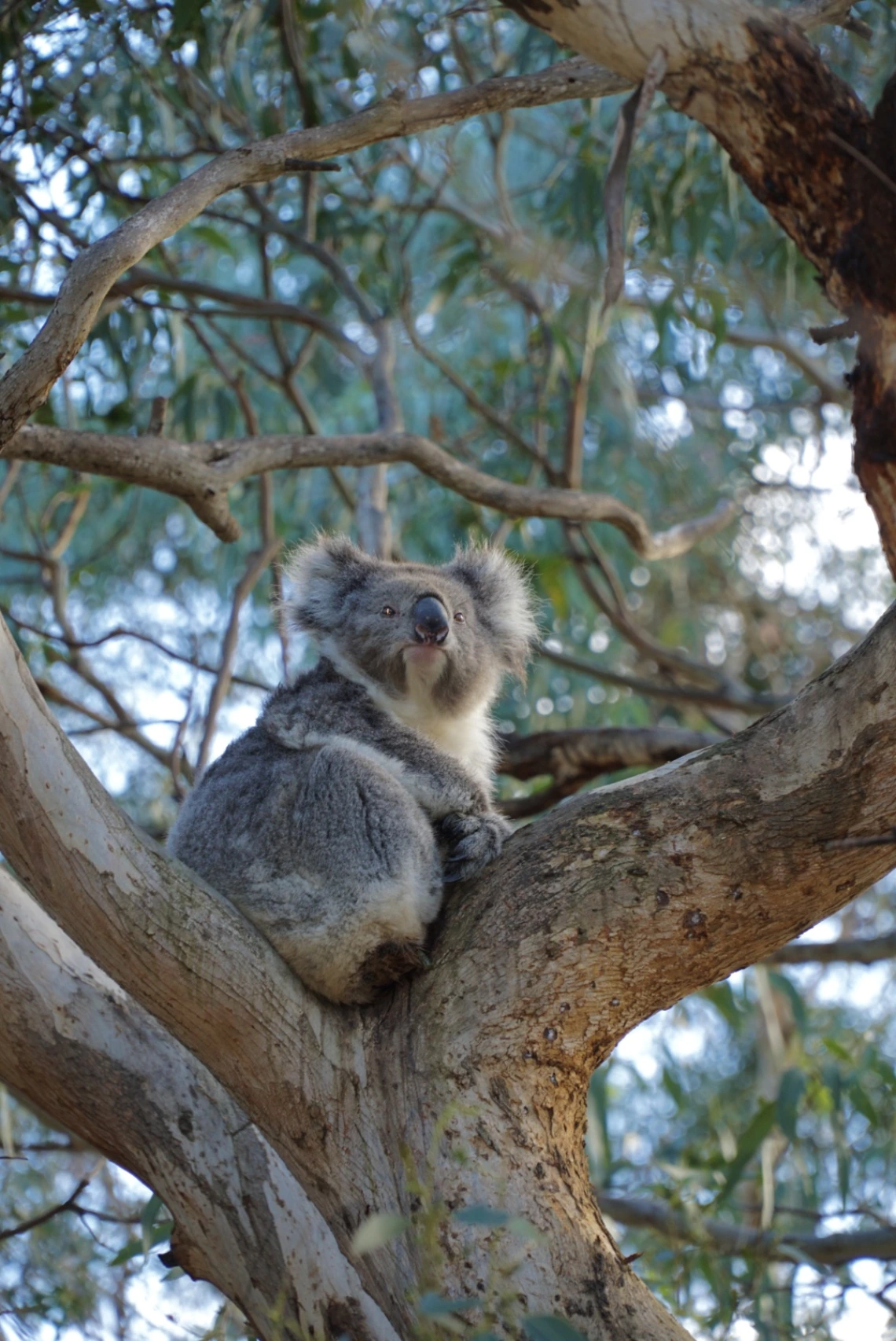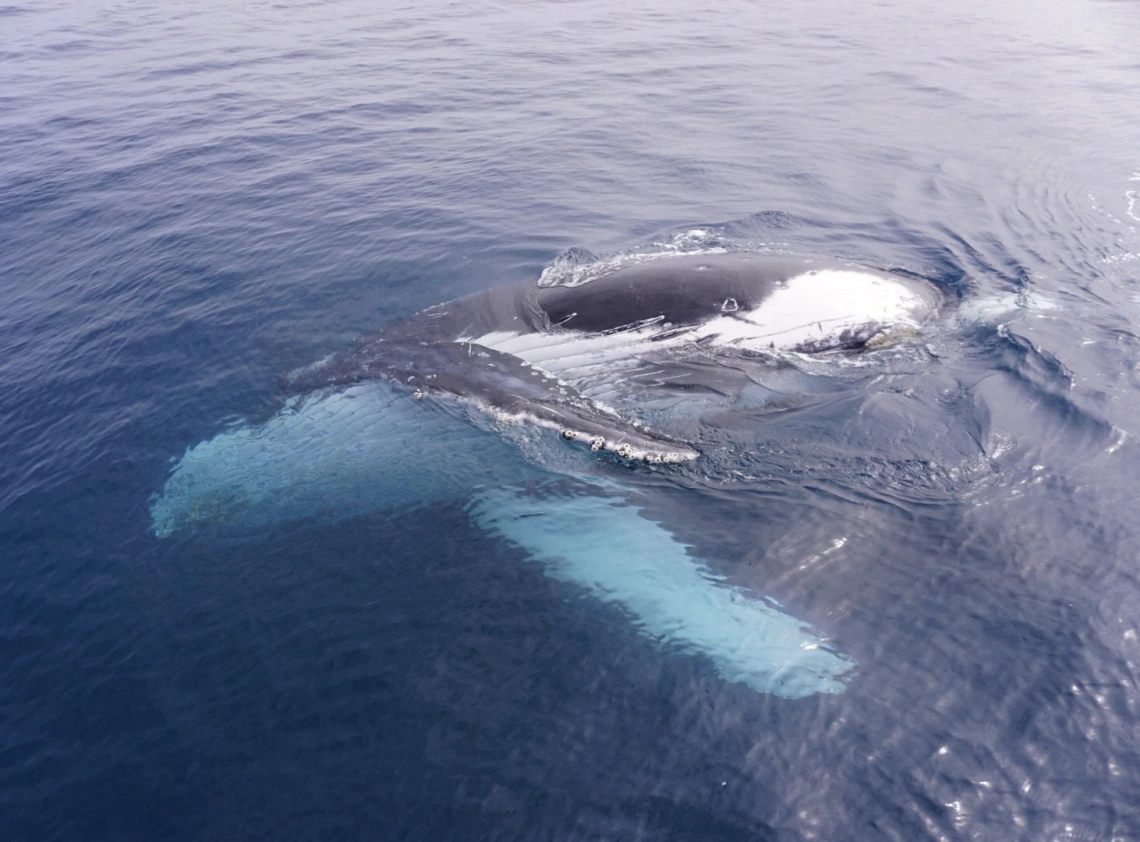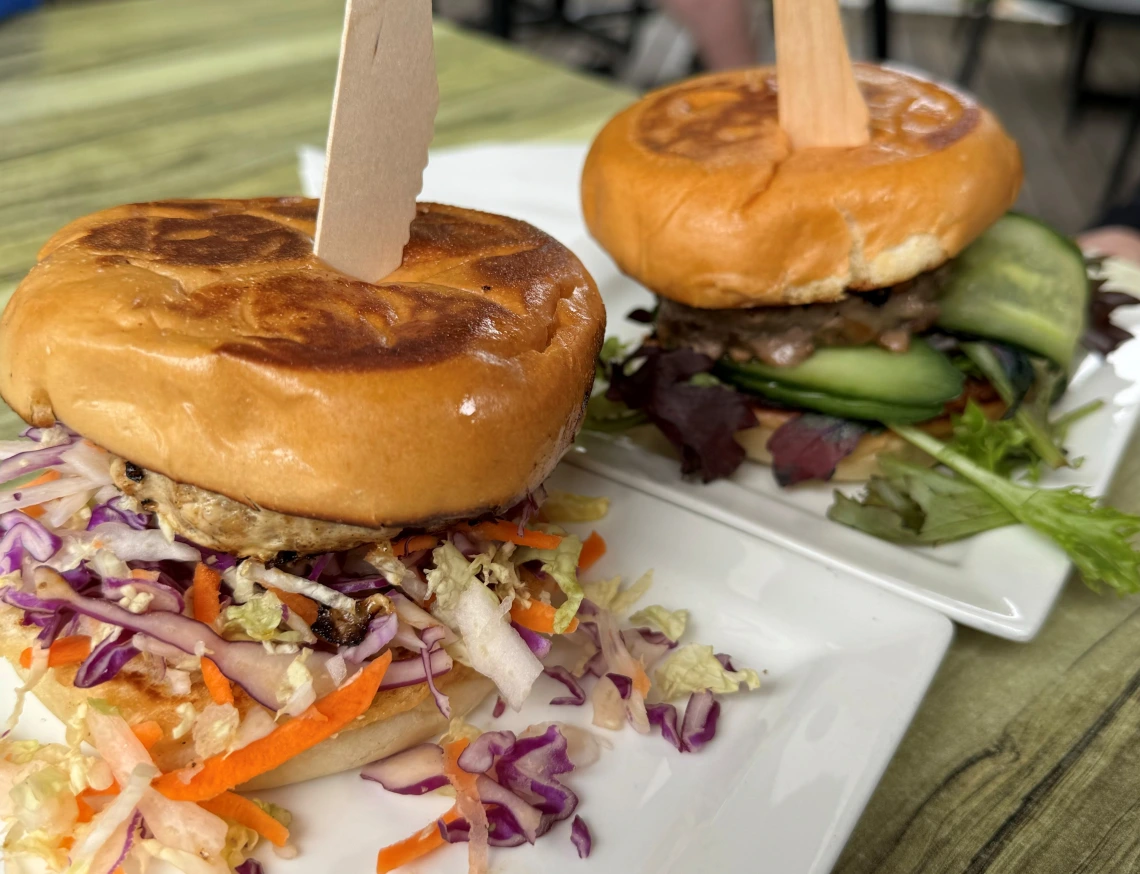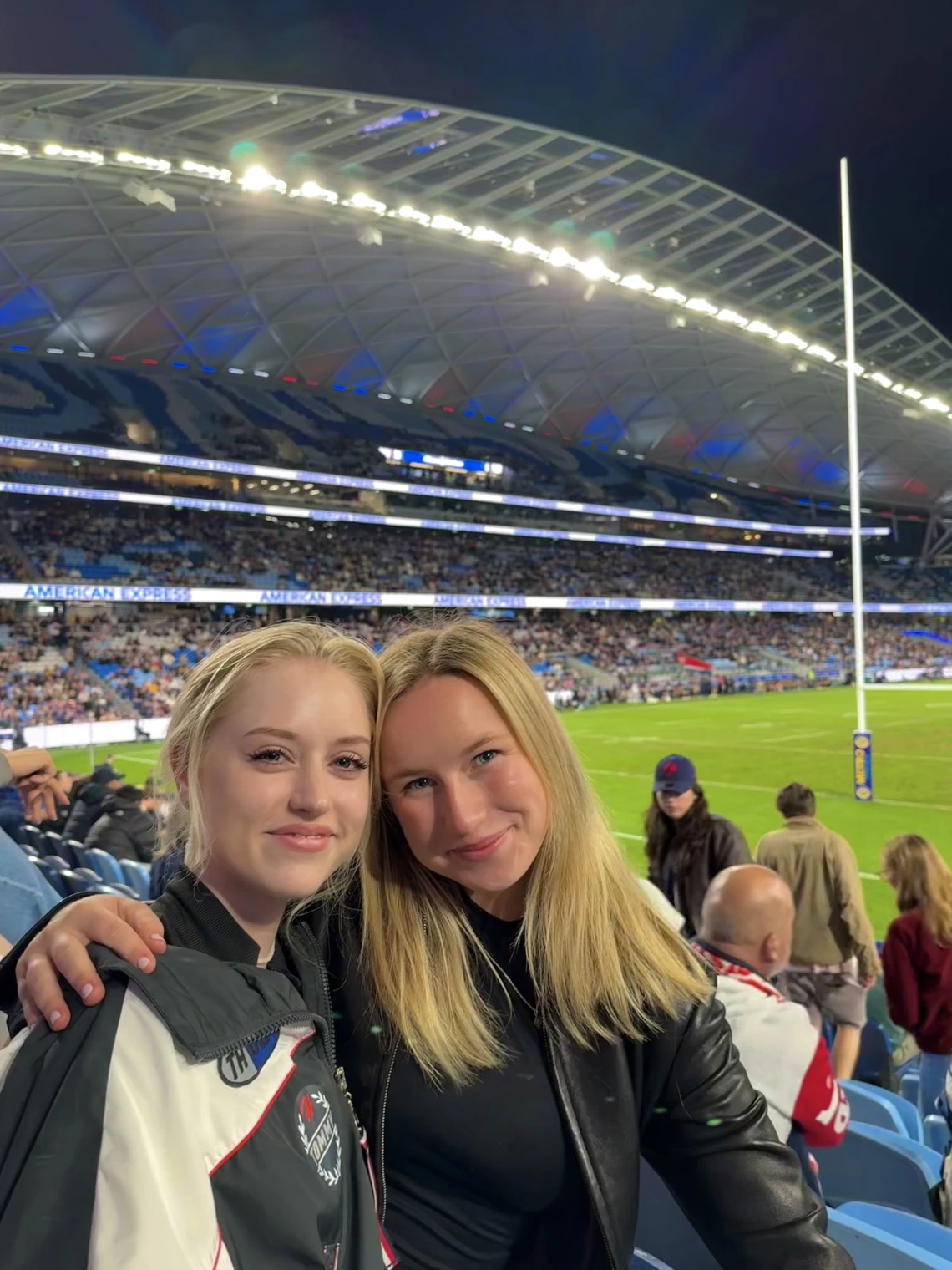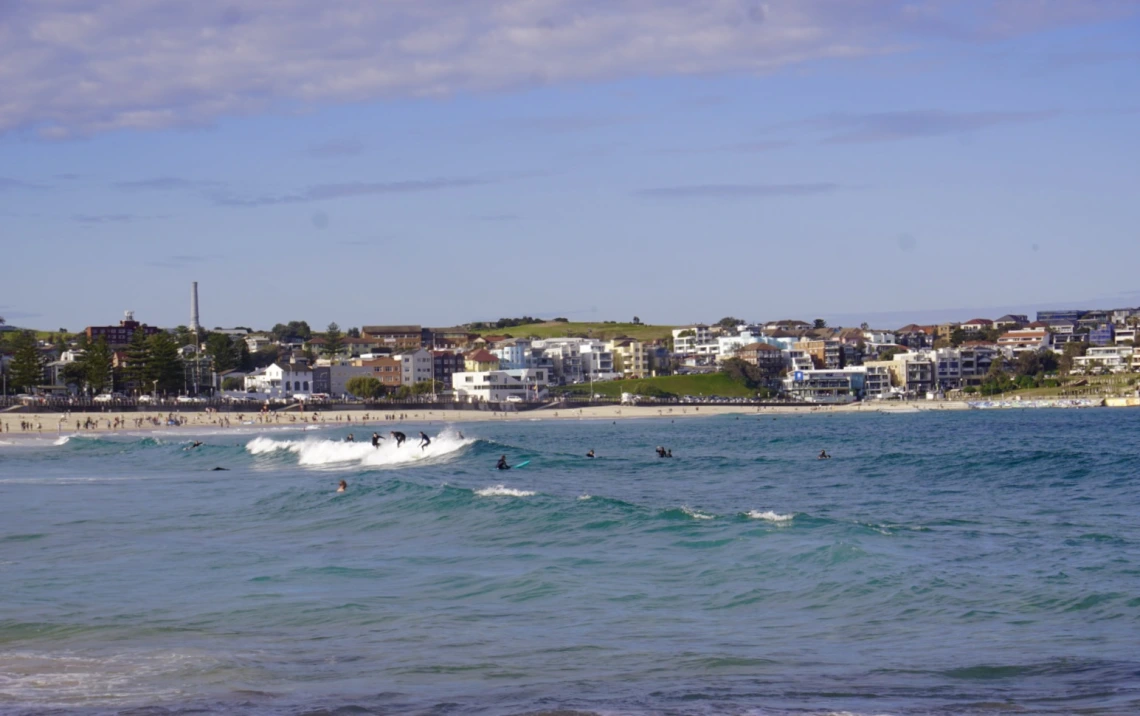Exploring Australian culture while studying abroad
In her study abroad blog, AZI intern Kylie shares her experiences and advice for students studying abroad.
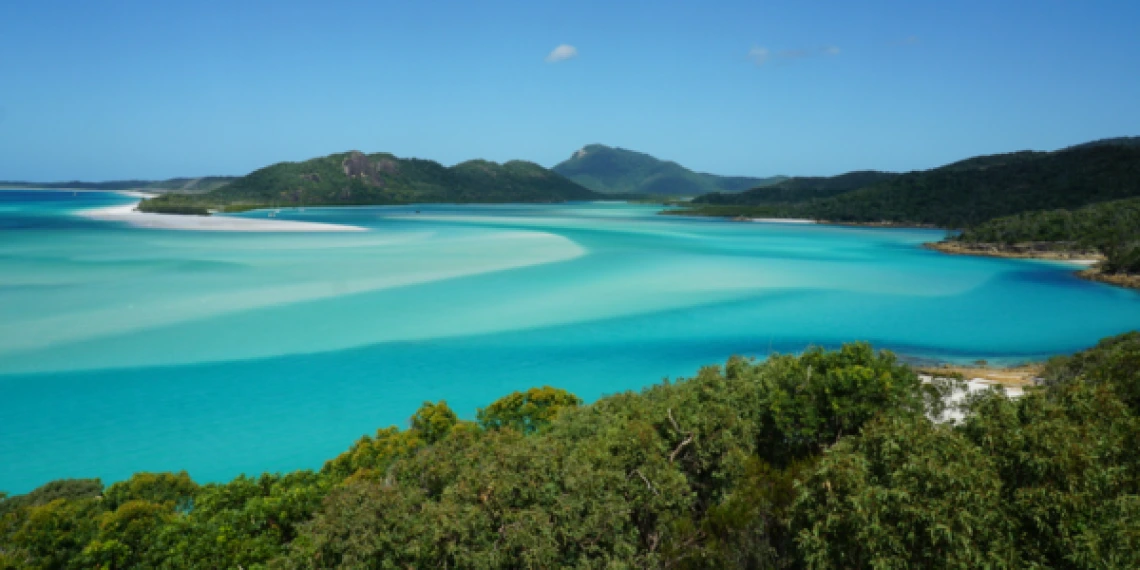
Hill Inlet Lookout

I’ve lived in Australia for just over a month now, and my time here has been busy with vibrant people and wonderful locations! It’s easily one of my favorite places I’ve ever been to, so I am very excited to share some background and details about Australia for anyone who is considering studying down under!
History & Heritage
The Aboriginal and Torres Strait Island peoples have inhabited land in Australia for over 65,000 years, making them earth’s oldest civilization to remain today. This First Nations heritage can be seen through Australia’s traditions, art, and spiritual connection to the land. Today, you can see these cultures recognized and celebrated through cultural festivals, land acknowledgements, and preservation.
In each city I have explored so far, I have especially enjoyed learning about the aboriginal people’s dreamtime stories. Dreamtime is a series of tales that discuss ancestors and spiritual beings that created the natural world. During my time in Perth, I learned one of the most well-known Dreamtime stories, the Rainbow Serpent, which is known as a source of life and protector of land and people.
During my time here, I also plan to visit Uluru-Kata Tjuta National Park, which many consider the heart of Australia. Uluru is home to over 40 sacred aboriginal sites and has many opportunities to explore the beautiful red landscape while simultaneously celebrating the aboriginal culture.
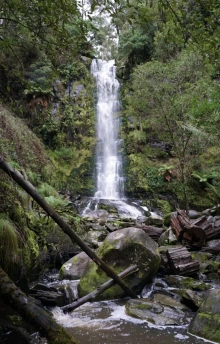
Erskine Falls
Geography
Located between the Pacific and Indian Ocean, Australia is the smallest continent on Earth, but the sixth-largest country. To put Australia’s size into perspective, it is actually comparable in size to the entire continental United States. Within Australia, you will find seven states which are each characterized by a variety of biogeographic regions. This includes arid, desert climate in many interior areas, tropical and subtropical climates in the northern and eastern coastal regions, and some other temperate and grassland regions.
One geographically interesting area I explored was Cairns in Queensland. Cairns’ catchphrase is “where rainforest meets the reef” since it is an intersection point for two UNESCO World Heritage sites: the Wet Tropics Rainforest and the Great Barrier Reef. This makes Cairns a wonderful place to go for both reef and rainforest scenery and wildlife.
Population & Lifestyle
Australia has a population of approximately 26.7 million people with most people residing in coastal towns. Generally, Aussies have very active lifestyles and are relatively engaged in their communities. From my personal experience, Aussies are very open and friendly. Most Australians I encounter inquire about my perspective as a United States citizen and are quick to share recommendations for their favorite Australian destinations and restaurants.
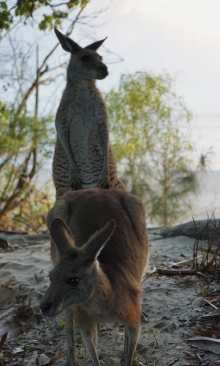
Kangaroos in Cape Hillsborough National Park.
Nature
The nature here in Australia is pristine and diverse. Even touristy destinations here feel a bit more untouched than other areas of the world I have previously visited. So far, my favorite natural areas have been the Great Barrier Reef which was teeming with tropical fish, the Whitsunday Islands and its turquoise clear waters, and the oldest rainforest in the world, the Daintree, which was alive with unique greenery, insects, and birds.
Also, I have had once-in-a-lifetime encounters with crocodiles, kangaroos, whales, koalas, sharks and penguins in their natural habitats here! Each of these experiences was magical and made me feel extremely connected to nature.
Cuisine
Traditional Australian food reflects its British influence with meat pies, sausages, and barbecues. More indigenous traditional foods are referred to as “bush tucker.” This category primarily includes meat and plants native to Australia such as kangaroo, emu, wild orange, and bush tomato.
Overall, there is a strong multicultural influence in Australia’s culinary scene which means you can really find any cuisine you desire here! In addition to Australian cuisine, there is a wide array of amazing Thai, Italian, Chinese, Vietnamese, and Greek food to enjoy in Sydney.
Arts & Events
From aboriginal dot painting to opera performances to modern galleries, the Australian arts scene has it all! Specifically, Melbourne is known for having a thriving community of artists and creatives.
Additionally, Sydney has tons of ongoing weekend markets and exciting festivals going on. The markets frequently have handmade clothes and jewelry, fresh food, thrifted items, and an assortment of other handcrafted goods.
The festivals celebrate a wide-variety of activities and cultures. One I experienced myself was the Sydney Cherry Blossom Festival which brings many visitors together at botanic gardens to experience Japanese culture with blooming cherry blossom trees, Japanese cuisine, cultural shows, and more.
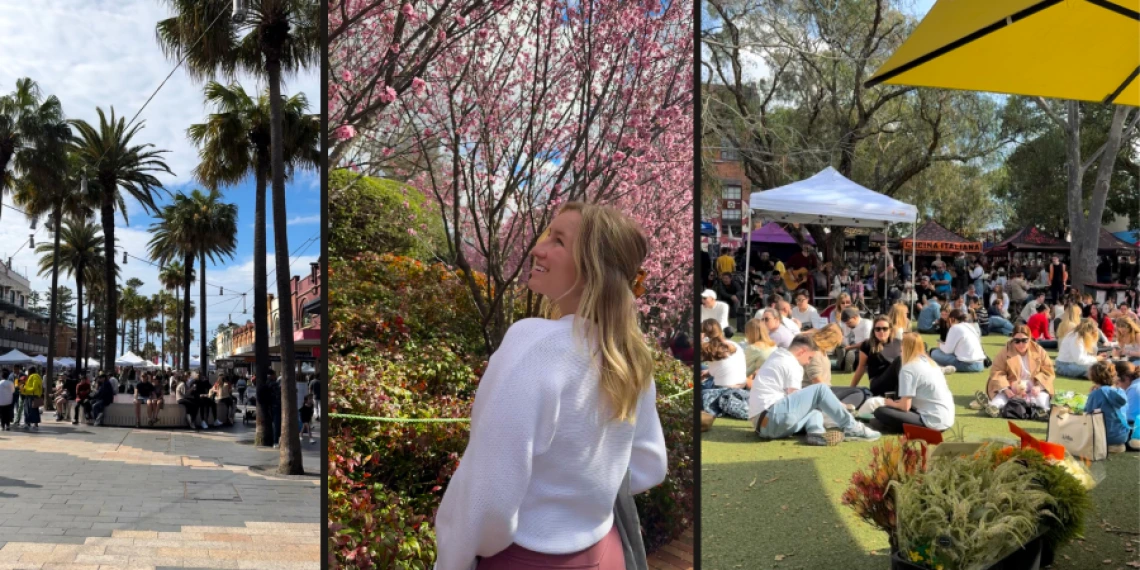
Manly Beach Markets, Sydney Cherry Blossom Festival, Glebe Markets
Sports
Sports play a big role in Australian culture. Some of the most popular ones include Australian football, rugby, netball, soccer, cricket, and (of course) surfing! I attended a rugby match at Sydney’s Allianz Stadium and had so much fun learning more about the game. I’m also going to spend a weekend at a surf camp in Seven Mile Beach learning to catch waves.
After reading this, I hope you all got to know a bit more about this special country I’m fortunate to call home for the semester! My cultural adjustment has been very smooth, and I highly recommend choosing to study abroad here. If you’re considering or planning to study abroad in Australia, here are some additional places to learn more about Australian destinations and events, history, and additional facts.
To access all of the study abroad blog entries, visit the Kylie Goes Global webpage.


